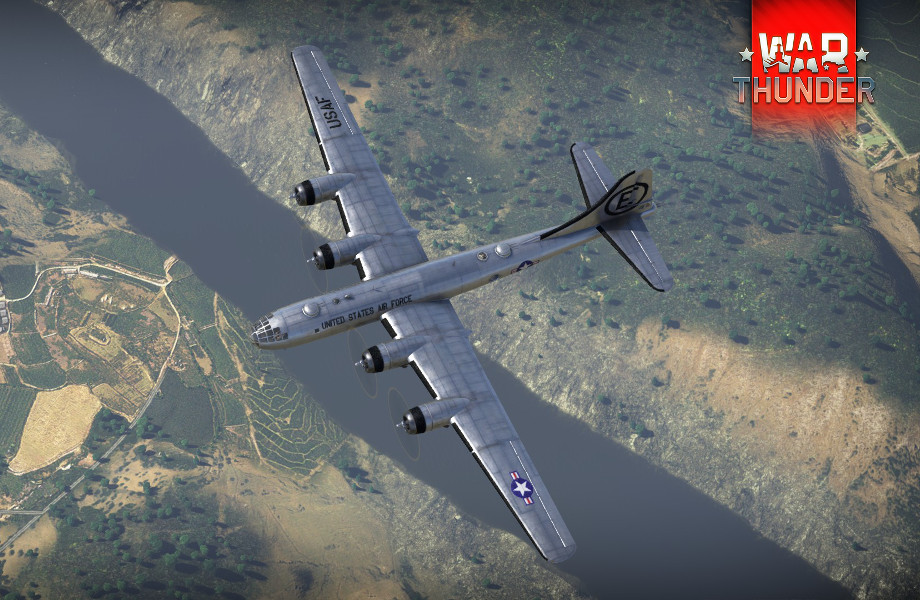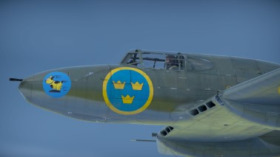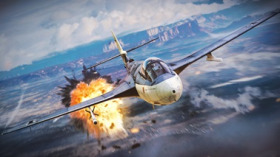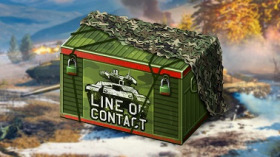
- For PC
- For MAC
- For Linux
- OS: Windows 10 (64 bit)
- Processor: Dual-Core 2.2 GHz
- Memory: 4GB
- Video Card: DirectX 11 level video card: AMD Radeon 77XX / NVIDIA GeForce GTX 660. The minimum supported resolution for the game is 720p.
- Network: Broadband Internet connection
- Hard Drive: 23.1 GB (Minimal client)
- OS: Windows 10/11 (64 bit)
- Processor: Intel Core i5 or Ryzen 5 3600 and better
- Memory: 16 GB and more
- Video Card: DirectX 11 level video card or higher and drivers: Nvidia GeForce 1060 and higher, Radeon RX 570 and higher
- Network: Broadband Internet connection
- Hard Drive: 75.9 GB (Full client)
- OS: Mac OS Big Sur 11.0 or newer
- Processor: Core i5, minimum 2.2GHz (Intel Xeon is not supported)
- Memory: 6 GB
- Video Card: Intel Iris Pro 5200 (Mac), or analog from AMD/Nvidia for Mac. Minimum supported resolution for the game is 720p with Metal support.
- Network: Broadband Internet connection
- Hard Drive: 22.1 GB (Minimal client)
- OS: Mac OS Big Sur 11.0 or newer
- Processor: Core i7 (Intel Xeon is not supported)
- Memory: 8 GB
- Video Card: Radeon Vega II or higher with Metal support.
- Network: Broadband Internet connection
- Hard Drive: 62.2 GB (Full client)
- OS: Most modern 64bit Linux distributions
- Processor: Dual-Core 2.4 GHz
- Memory: 4 GB
- Video Card: NVIDIA 660 with latest proprietary drivers (not older than 6 months) / similar AMD with latest proprietary drivers (not older than 6 months; the minimum supported resolution for the game is 720p) with Vulkan support.
- Network: Broadband Internet connection
- Hard Drive: 22.1 GB (Minimal client)
- OS: Ubuntu 20.04 64bit
- Processor: Intel Core i7
- Memory: 16 GB
- Video Card: NVIDIA 1060 with latest proprietary drivers (not older than 6 months) / similar AMD (Radeon RX 570) with latest proprietary drivers (not older than 6 months) with Vulkan support.
- Network: Broadband Internet connection
- Hard Drive: 62.2 GB (Full client)
The B-29 Superfortress is a large, four engine heavy bomber with an excellent range and high top speed. It was designed as a strategic bomber and reconnaissance aircraft, sporting a fully pressurised cabin for improved crew operations, which was an enormous technological leap in aviation technology. Post war revisions allowed it to perform duties as an anti-submarine, search and rescue, weather reconnaissance and other various aircraft roles. The B-29 supports four unmanned turrets controlled by gunners at four stations, using an incredibly advanced fire control computer, allowing one station to control one or more turrets. A manned, pressurised tail turret provided cover at the aircraft's most rear position.
The B-29 could carry a wide array of ordnance, ranging from conventional and incendiary payloads to the atomic bomb. In fact, the B-29 carried and dropped the first atomic bombs that were ever used against another nation during wartime, however, the variant that accomplished this task was the B-29B which was a specially modified version for this task.
With the B-29’s adaptability in terms of ordnance, the following options exemplify only a few of the payload configurations that were available: 20x500 Ibs, 40x500 Ibs, 18x1000 Ibs or 8x2000 Ibs bombs. During the war, its main area of operations was the Pacific theater, specifically around the Japanese islands and homeland. It also saw combat service in the Korean War and with a small detachment of the R.A.F. These were known as the “Washington B Mk. 1”.
The B-29 follows the B-24 Liberator in the U.S. bomber branch, and is the last American propeller powered bomber in the US Tech Tree. It is one of the most powerful and heavily armed bombers in War Thunder. It houses five turrets, each armed with two 0.5” (12.7mm) machine guns. Two turrets are situated atop the aircraft, while another two are on the belly of the fuselage. The final and last turret is situated in the tail, and this turret could only be accessed by the crew when the plane was climbing and/or descending due to it having its own pressurised compartment.
In-game, the B-29 has a favourable top speed due to its four high performance engines, which also allow it to climb and descend quickly. This helps it to evade enemy interceptors, and allows it to return to its base more successfully. When flying the B-29, climb towards your target. As you approach, level off, line up with your target, and drop your bombs. Depending on your payload, you should have enough to destroy at least two bases and you may even have some remaining to knock out enemy bunkers and/or ground vehicles.
Once your bombing run is complete, start descending towards your airfield; enemy fighters might be trying to find you so you should be even more alert now than before. The B-29 has one of the most powerful defensive systems installed on any bomber, so you should be able to defend yourself reasonably well, unless it is a head on attack where you will have very limited protection. You must also combine it with a defensive style of flying to utilise it to its full potential; the B-29 offers great handling for its size. Despite this, be very careful when you enter a dive. It is just as prone as any other aircraft to suffering structural damage if its limitations are exceeded.
During World War 2, the B-29 completed over 20,000 sorties with an estimated 180,000 tons of bombs dropped, as well as two atomic bombs. A total of number of 3,970 were built and delivered to the USAAF. Perhaps the most famous “copy” of the war was the Tu-4. Although outwardly looking identical, this Soviet “B-29” was converted to metric making it unique. Other aircraft derived from the B-29 include the B-50, C-97, KC-97, 377 Stratocruiser, and NASA’s own Guppy cargo carriers.
The B-29 post-war also helped in the scientific, research, and development fields. They would play a key role in hurricane hunting and storm chasing which allowed it to collect key information about storm patterns, and helped to improve and to develop new radar systems such as the “sun tracker”. It was also the aircraft that carried the supersonic test aircraft Bell X-1 into the air. The last American B-29 squadron was retired in the 1960’s. Today one called “Fifi”still flies at air show circuits. It is hoped another named “Doc” will soon join her.
The War Thunder Team
Want to read more about the vehicles in War Thunder? Find other Vehicle Profiles on our website!







